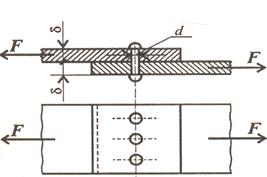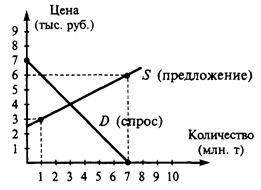The Sovereign
The name derives from the Latin word “superanus”, meaning “supreme”, assimilated to “reign”, as the coin bore a representation of the king (or queen)enthroned (or reigning supreme). A gold coin issued from the 15th to the 17th century, and then again (though as a smaller coin) from 1817 to 1917. Its value varied in early times, but was fixed at one pound in 1817. The guinea A gold coin current from 1663 to 1817, originally made of gold from Guinea in West Africa. Its original value was 20 shillings (or a pound), but from 1717 it was fixed at 21 shillings (or one pound one shilling). However, although the coin was no longer in circulation, “guinea” as a sum of money continued in use until 1971. The crown Originally a gold coin, first minted in 1526 and continuing in circulation until the late 17 th century. Its value was five shillings. Silver crowns were minted from 1551. The farthing The name comes from Old English “feorthing”, meaning “a fourth part”. A small bronze coin, value a quarter of a penny. It gradually fell out of use during the first half of the 20th century and ceased to be legal tender in 1960. Note on “sterling” Sterling was originally the name of the Old English silver penny, which first appeared in the 12th century. A pound was a pound weight of silver pennies, or a pound of sterlings, in the language of that time. In the 16th century, “sterling” acquired the meaning: “money of the quality of the sterling or standard silver penny; genuine English money”. Then from the 17th century it began to be used in the sense of the English money as opposed to foreign money, and that is its modern meaning. From about 1918 to 1971 British currency consisted of pounds, shillings, and pence. There were twelve pence in a shilling, and twenty shillings in a pound, making 240 pence in a pound. In addition to pounds, shillings, and pence, the guinea and the half-crown were in use up to 1971, although they were not units of currency. When decimal currency was introduced in 1981, the value of the pound remained the same, but it was divided into 100 new units (instead of former 240) called “(new) pence”. The new system thus consists of two units of currency” pounds and pence. One pound equals a hundred pence.
The following coins are now in circulation: The (new) halfpenny – bronze; The (new) penny – bronze; The two-pence piece – bronze; The five-pence piece – cupro-nickel; The ten-pence piece – curpo-nickel; The fifty-pence piece – curpo-nickel. The following notes are now in circulation: The pound note; The five-pound note; The ten-pound note; The twenty-pound note.
|




